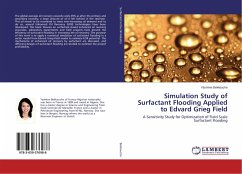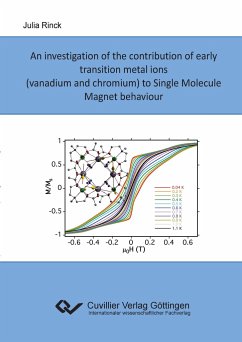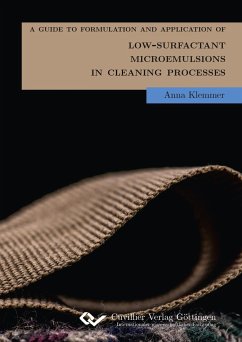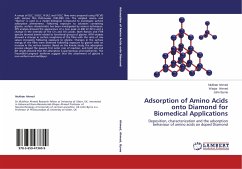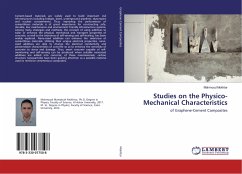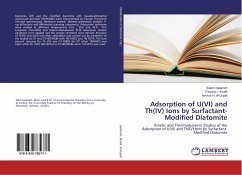
Adsorption of U(VI) and Th(IV) Ions by Surfactant-¿Modified Diatomite
Kinetic and Thermodynamic Studies of the Adsorption of U(VI) and Th(IV) Ions by Surfactant-¿Modified Diatomite
Versandkostenfrei!
Versandfertig in 6-10 Tagen
36,99 €
inkl. MwSt.

PAYBACK Punkte
18 °P sammeln!
Diatomite (DT) and the modified diatomite with hexadecyltrimethyl ammonium bromide (HDTMABr) were characterized by Fourier Transform Infrared spectroscopy, elemental analysis, thermal gravimetric analysis, X- ray diffraction and differential scanning calorimetry. Adsorption isotherms were studied at different temperatures 25.0 , 35.0 and 45.0 . The Langmuir, Freundlich and Dubinin-Raduskevich (D-R) adsorption models equations were applied and the proper constants were derived. Recovery of Th(IV) and U(VI) ions after adsorption was carried out by treatment of the loaded on DT and DT-HDTMABr wit...
Diatomite (DT) and the modified diatomite with hexadecyltrimethyl ammonium bromide (HDTMABr) were characterized by Fourier Transform Infrared spectroscopy, elemental analysis, thermal gravimetric analysis, X- ray diffraction and differential scanning calorimetry. Adsorption isotherms were studied at different temperatures 25.0 , 35.0 and 45.0 . The Langmuir, Freundlich and Dubinin-Raduskevich (D-R) adsorption models equations were applied and the proper constants were derived. Recovery of Th(IV) and U(VI) ions after adsorption was carried out by treatment of the loaded on DT and DT-HDTMABr with 1M HNO3 and 1M EDTA. The best percent recovery for Th (IV) was (71.788%) for DT when 1MHNO3 was used, while for U(VI) (99.162%) for DT-HDTMABr when 1M EDTA was used.



